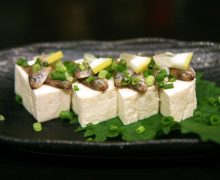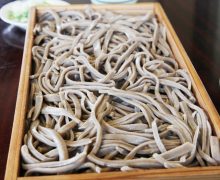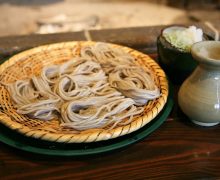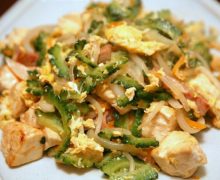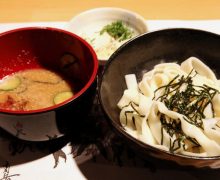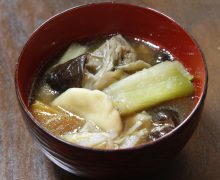Dobujiru
What is Dobu-jiru?
Dobujiru
Dobujiru (どぶ汁・どぶじる) is one of the soup dishes / Nabe dishes made with anglerfish.
It has long been eaten in the coastal areas from Ibaraki Prefecture to southern Fukushima Prefecture and is said to have originated as a fisherman’s dish. It is particularly well known as a local dish of the coastal region of Ibaraki.
It is a soup dish in which fishermen bring vegetables such as radish and miso on board when they go out fishing, process the anglerfish they catch on the spot, put them in a pot with the liver and vegetables, and season them with miso. It has a rich flavour in which the anglerfish is infused.
It is made and eaten at home, and is also served at restaurants and inns. However, if no water is added at all, the flavour becomes too rich and peculiar, making it difficult for everyone to enjoy, and the quantity cannot be increased (or the price becomes too high). Some local restaurants and inns prepare and serve it with soup stock or other ingredients.
However, there are also restaurants and inns that serve Dobu-jiru in its original form, with no added water, and its rich and peculiar taste has captured the hearts and stomachs of those who prefer dobu-jiru as the ‘real thing’.
In many places, prices start at over 3,000 yen per person.
Origin of the name Dobu-jiru
Dobu-jiru contains all of the seven ingredients of anko-nabe – meat, skin, stomach, ovaries, gills, fins and liver (ankimo) – and in a simple version, only daikon radish is added and the dish is seasoned with miso.
It is said that the name ‘dobu-jiru’ comes from the fact that the ankimo is so thick and muddy that it looks like ‘dobu’ (means “gutter” in Japanese).
Another theory is that in certain regions ‘dobu’ means ‘everything’, and that the name ‘dobu soup’ came about because ‘everything’, including the liver, is thrown into Dobujiru as an ingredient.

